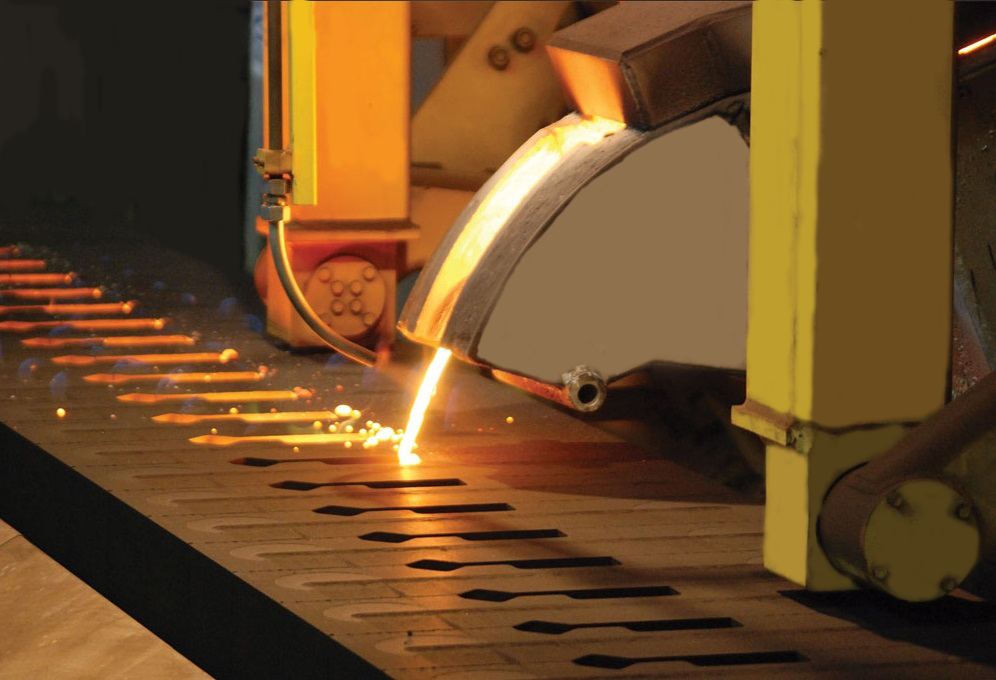Blog
Market Analysis of Precision Casting

Market Overview: The global market for precision casting of metal parts has been growing steadily over the years. According to data from Grand View Research, the market size was estimated to be $22.4 billion in 2020, and it is expected to reach $34.3 billion by 2027, with a CAGR of 6.2% from 2020 to 2027. The increasing demand for high-quality and customized metal parts across various industries such as automotive, aerospace, and healthcare is driving the market growth.
Key Drivers: The key drivers for the growth of the precision casting market include the growing adoption of advanced manufacturing technologies, increasing demand for lightweight and durable metal components, and the rise in investment in research and development activities. The shift towards automation and the use of 3D printing in the casting process are also contributing to market growth.
Market Trends: Current market trends include the adoption of Industry 4.0 technologies such as artificial intelligence and IoT in the casting process, the increasing focus on sustainability and eco-friendly casting methods, and the growing trend towards digitalization and automation in manufacturing processes.
Competitive Landscape: The precision casting market is highly competitive, with key players such as Alcoa Corporation, Precision Castparts Corp., and Ametek Inc. dominating the market. These companies have a strong market presence, advanced technologies, and a wide product portfolio. Strategic partnerships, acquisitions, and new product launches are common strategies used by companies to gain a competitive edge.
Potential Opportunities: There are several new opportunities in the precision casting market, including the increasing demand for customized metal parts, the growing use of metal 3D printing in the casting process, and the rise in demand for precision components in the medical and aerospace industries. Companies can capitalize on these opportunities by investing in advanced technologies and expanding their product offerings.
Challenges: Challenges facing the market include the volatility of raw material prices, the impact of the COVID-19 pandemic on supply chains, and the increasing competition from emerging markets. Companies need to focus on cost optimization, supply chain resilience, and innovation to overcome these challenges.
Regulatory Environment: The regulatory environment in the precision casting market is influenced by factors such as environmental regulations, quality standards, and trade policies. Changes in regulations related to emissions, waste management, and product safety can impact market dynamics and require companies to adapt their operations accordingly.
Conclusion and Recommendations: In conclusion, the precision casting market is poised for significant growth in the coming years, driven by technological advancements, increasing demand for customized metal parts, and the expansion of end-use industries. To succeed in this competitive market, companies should focus on innovation, sustainability, and strategic partnerships to capitalize on emerging opportunities and overcome challenges.
RELATED NEWS
- Debunking Common Misconceptions About Casting Products 2024-07-01
- MACHINING OF QUICK COUPLERS 2023-03-02
- Advances in Precision Casting Equipment 2024-02-29
- Precision Casting Industry 2024-09-20
CATEGORIES
LATEST NEWS
CONTACT US
Contact: Susan
Phone: +86185 0588 9333
E-mail: lihuacastings@vip.163.com
Whatsapp:+86185 0588 9333
Add: 1588 Jiangnan Road Ningbo High-tech Industry zone
